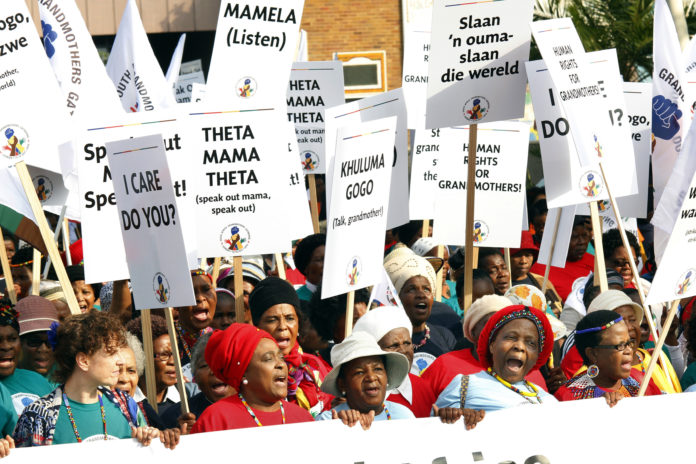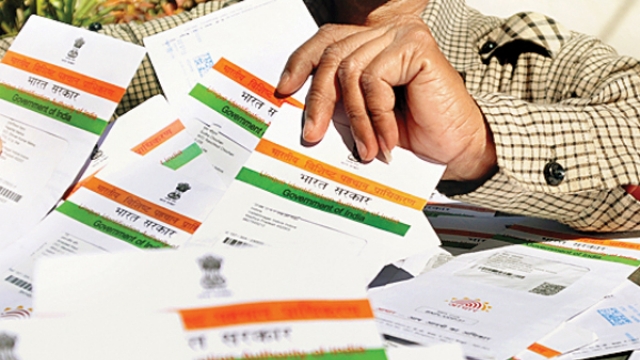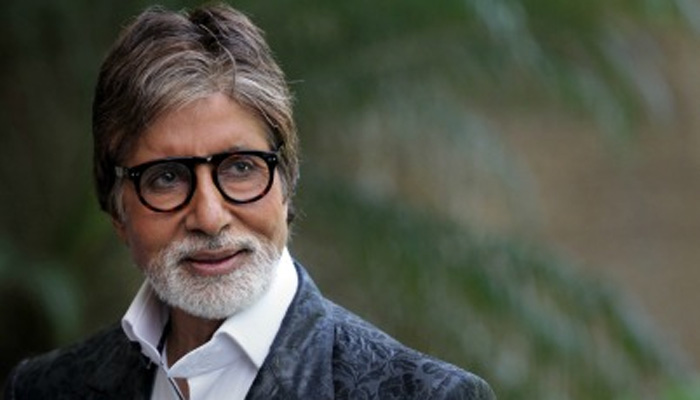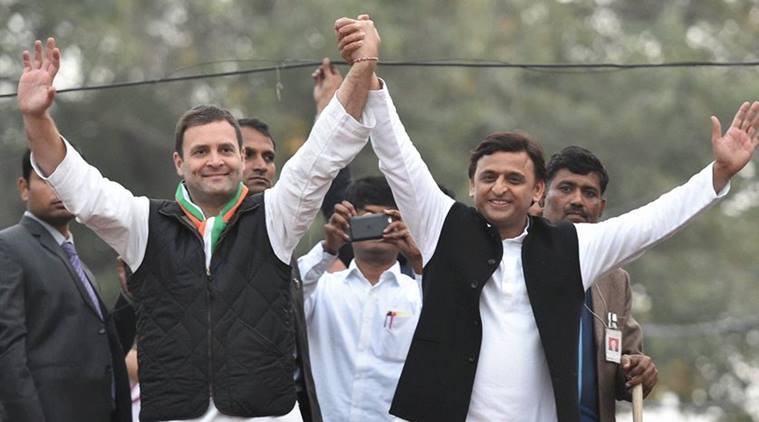
The first time the world came to South Africa for a conference on AIDS, the country’s leader shocked attendees by questioning whether HIV really caused the disease.
President Thabo Mbeki then walked out of the room as a slender 11-year-old boy with AIDS addressed the crowd in response, pleading for treatment and understanding in a region where the epidemic was taking its harshest toll.
“Don’t be afraid of us. We are all the same,” Nkosi Johnson said. He died the next year.
South Africa’s official attitude to AIDS at that meeting in 2000 and for several years afterward set back the country so badly that more than 330,000 people died because the government withheld HIV drugs, a Harvard study found.
The AIDS conference was “the low-water mark for South Africa,” the country’s current health minister, Aaron Motsoaledi, wrote in the Mail & Guardian newspaper last week.
On Monday, the return of hundreds of AIDS researchers and activists to the seaside city of Durban will highlight how radically the country’s outlook has changed.
South Africa now is a global proving ground for treatment and prevention, including a study of an experimental HIV vaccine set to begin later this year.
Today, the country says its HIV drug treatment program is the largest in the world. Life expectancy, which sank as the epidemic grew, has rebounded from 57.1 years in 2009 to 62.9 years in 2014.
And current President Jacob Zuma has publicly tested for HIV to push back against stigma.
But South Africa still leads the world in infections, with 6.8 million people living with HIV. Only half receive treatment.
“The government is trying his best,” said Charity Mathe, who lives with dozens of mothers and children affected by HIV at Nkosi’s Haven, a Johannesburg-based project named for the boy who challenged the president in 2000.
South Africa now wants to double the number of people getting treatment, part of a global goal to have 90 percent of infected people on treatment by 2020.
In the largely black Johannesburg community of Alexandra, one project is taking on that challenge by trying to make drug delivery as convenient as withdrawing cash.
What looks like a row of ATM machines has been installed in a shopping center, ready for an official rollout later this year. People will be able to walk up, insert their medical registration or speak via a video monitor with a pharmacy worker, select their prescription and pick up the drugs that pop out.
The Right ePharmacy project, the first in Africa, is meant to save time for people infected with HIV, who can lose one day a month lining up in health centers to fill their prescriptions.
“You used to have a waiting time of almost four hours,” said Raj Gudala, a pharmacist at Helen Joseph Hospital who is part of the project. People can pick up other chronic disease medications at the machines as well, he said, explaining that “you don’t want to segregate it” to HIV alone and add to stigma.
Across town, in the historically black community of Soweto, uninfected heterosexual teenagers are among the first in the world to test the daily use of AIDS drugs as prevention.
“It’s a bit like family planning,” said Dr. Linda-Gail Bekker, who oversees the Pillsplus program.
Every week in South Africa, about 2,000 teenage girls and young women between 15 and 24 are infected, a rate so alarmingly high that the government this month launched a national campaign to bring it down.
Asking teens who are discovering their sexuality to practice abstinence or stay faithful to a single partner is tricky, Bekker said. And using condoms can be challenging for young women with older men.
Taking a daily AIDS drug, like taking a contraceptive pill, can be private. “For the first time, we have something we can offer to people where they’re totally in control,” Bekker said.
Major challenges remain for South Africa, whose success in fighting HIV will signal whether global treatment and prevention goals can be achieved. One issue is how the country, with a stagnant economy and regular protests over lack of basic services, can pay for it.
“It is clear that having the largest treatment program on the planet isn’t enough,” Deputy President Cyril Ramaphosa wrote for the Daily Maverick website last week.
But people are staying alive and speaking out, and for one member of an HIV support group in Umlazi, near the AIDS conference site in Durban, that’s far better than before.
“When somebody hears that he or she is positive, they come to my organization, they say, ‘How many years am I going to live?'” said Zodwa Ndlovu, who joined hundreds of grandmothers this weekend to demand more support as caregivers for children orphaned by the epidemic. “I tell them, ‘You live as long as you want to.”
From Agencies, Feature image courtesy AP

























